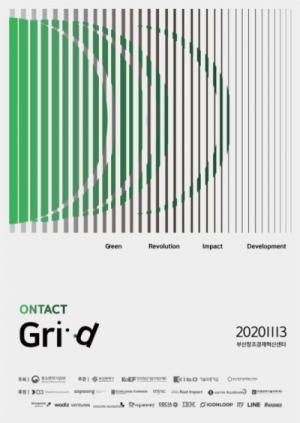
StrongBlock Announces New Token Economics, Will Burn 96 percent of Minted Supply
Offers Ethereum Node Providers Major Rewards for Supporting Infrastructure
Teases Future Rewards for Bitcoin and Other Layer-1 Node Providers
StrongBlock, a protocol designed to reward and reinforce the world’s expanding blockchain infrastructure, today announced new token economics and a strategy to bolster incentives for Ethereum node providers. To start, StrongBlock will reduce its token supply by 96 percent, taking the total supply from 10 million to 400,000 STRONG tokens by December 1, 2020. Following, StrongBlock plans to help blitz-scale Ethereum’s node network and expand services to other layer-1 node providers such as Bitcoin and Ethereum 2.0.
Launched in September 2020, StrongBlock’s protocol aims to change the way blockchain networks reward the people who secure them. StrongBlock has a governance token, STRONG, that it uses to reward node operators running on Ethereum and other supported blockchain protocols.
“The next major bull market for crypto is here, but arguably the blockchain world is not ready for it. The existing Ethereum infrastructure still suffers from an integrity issue that the market needs to address ahead of mainstream adoption,” said David Moss, StrongBlock Founder and CEO. “There are fewer active Ethereum nodes today than there were in 2017, and many of these nodes are outdated, unreliable, and poorly managed. Other layer-1 blockchains have similar issues. StrongBlock helps Ethereum and other blockchain providers to rapidly scale operations by offering rewards to those who best support blockchain infrastructure.”
What are Blockchain Nodes?
Blockchain nodes transmit, relay and store decentralized blockchain data. Although nodes are crucial to the integrity of their blockchains, not all nodes are rewarded within their own blockchain networks. For more information, please see “Node Guidelines for StrongBlock Protocol.”
According to Ethernodes.org, there are currently more than 9,500 active Ethereum nodes spanning the globe. In 2017, there were 25,000 active Ethereum nodes, roughly 62 percent more than today.
Recently, Ethereum has seen a surge of network activity tied to a revived interest in blockchain technology and decentralized finance. Experts and analysts have signaled an imminent wave of new ethereum developers and traders, which could cripple Ethereum’s fragile and shrinking node network.
“Even with the promise of Ethereum 2.0, a gap in dedicated infrastructure needs to be filled in support of an influx of enterprise-grade blockchain applications,” said William Duplessie of Pangea Blockchain Fund. “StrongBlock is helping galvanize support for blockchain infrastructure ahead of major market interest, and they will likely play a critical role in securing Ethereum’s future as a dynamic, secure and decentralized computational platform.”
What Problem Does the New Token Economics Solve?
Strongblock’s revised token economic model reduces inflation and shifts the project into a model of long-term, sustainable growth. The new reward structure places emphasis on rewarding node operators and liquidity miners.
Along with its new token model, StrongBlock also noted that it would expand its reward offering to other blockchains in the near future, naming Bitcoin and Ethereum 2.0 as likely candidates.
“StrongBlock offers a reward model that could be leveraged by virtually any blockchain,” said Moss. “Our service will expand to networks with the highest demand for infrastructure support, with StrongBlock as the standard for blockchain node rewards.”
If you are already running a full Ethereum node, register now for rewards at https://app.strongblock.com/apply by following a few simple steps. A minimum of 10 STRONG is required to register a node and participate in rewards.
Want to work with StrongBlock? For partnership inquiries please email us at: info@strongblock.io







